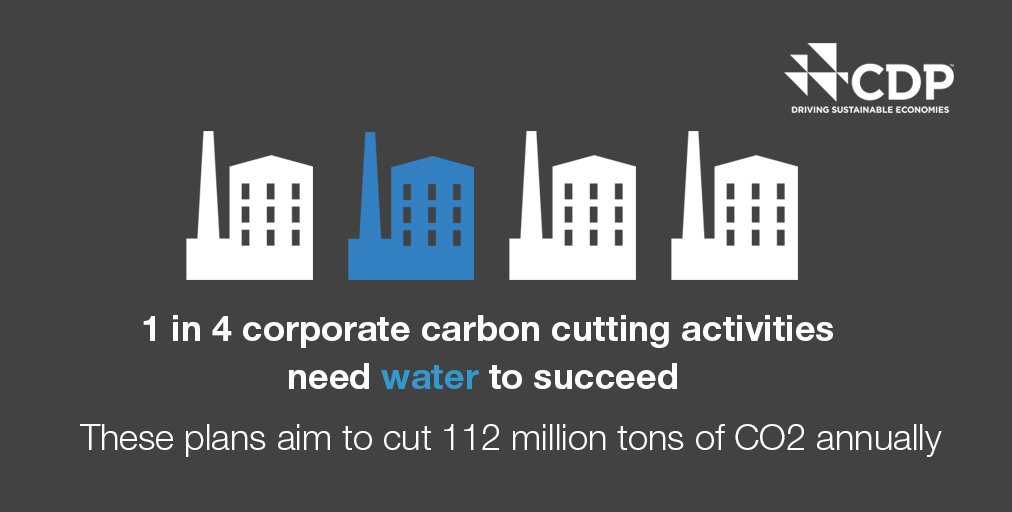We are well into the swing of 2017 and although one geopolitical risk has dominated the headlines, there are plenty of reasons to shout about the gathering momentum on climate issues. In particular, a focus on water and the huge opportunities it presents has united organisations from the World Economic Forum and the UN Global Compact, to MSCI and CDP

The latest report World Economic Forum Global Risks Report 2017 ranked water crises as the third largest risk facing the global community this year—a ‘potent cocktail’ closely interrelated with economic and societal factors. For example, the report highlights a World Bank forecast that by 2050, water crises could put 6% of GDP at risk in the water-scarce Middle East and Sahel regions, and water availability in cities could decline by as much as two thirds.
But the other side to the story is that the know-how to address these risks is emerging. The UN Global Compact’s annual Opportunities report found that smart water technology was both the most attractive and feasible opportunity in the global market for 2017. The report estimates that by 2021, the smart water tech market will be worth US$20.1 billion, up from US$8.5 billion in 2016.
CDP’s CEO Paul Simpson spoke at Davos on this topic, explaining how digital technologies are poised to reshape the water economy by making measuring & monitoring easier for companies, cities, states & regions. Those that manage their water well can also achieve operational efficiencies and GHG emissions reductions: CDP’s 2016 Global Water Report found that 53% of responding companies achieved emissions reductions as a direct result of better water management.
Investors, too, are increasingly waking up to the magnitude and breadth of water risk. In their investment trends report for 2017, MSCI’s ESG team identified six major trends for the year, with two heavily focused on water.
Firstly, the report predicted that companies will increasingly seek to incorporate the Sustainable Development Goals (SDGs) into their sustainability efforts. Because the SDGs are not a reporting framework in themselves, companies can look to existing reporting frameworks like CDP to track their progress against the Goals—and thousands already have. According to the research, CDP is the most commonly used global reporting framework in the market: of a sample of 175 companies in the ACWI Index, 161 had some form of sustainability reporting, with 102 companies referencing CDP, 90 the GRI, 41 the SDGs and 6 SASB. In particular, the metrics covered by the CDP water questionnaire map very well to SDG6 that covers water and sanitation.
Second, MSCI expect investor attention this year to turn to the physical impacts of climate change, particularly the impact of water scarcity. To illustrate how water can affect company risk profiles, they compared two utilities of similar scale: Fortum based in Finland and Xcel, based in the US. Despite having similar water intensities per dollar of revenue, their risk profiles were very different, with Fortum obtaining water from Scandinavia and Russia, and Xcel withdrawing in Texas and Colorado, states that have both been gripped by drought in recent years.
It is clear that water is rising higher up the corporate and investor agenda, as both communities realise the significant risks and impressive opportunities associated with this precious resource. Companies that respond to CDP’s water questionnaire are demonstrating to their investors that they can understand and manage these risks and opportunities. And as the regulatory landscape evolves, with reporting on material non-financial issues now mandatory in the EU and recommendations forthcoming from the Taskforce on Climate-related Financial Disclosures, it is likely that these companies will be best equipped for what the future brings.
Learn how successful European companies are at responding to water risk next week in CDP's new report: "Catching up with the leaders: Accelerating corporate water stewardship in Europe"
